Home>Technology>Home Office Tech>How To Install An Electric Car Charging Station At Home
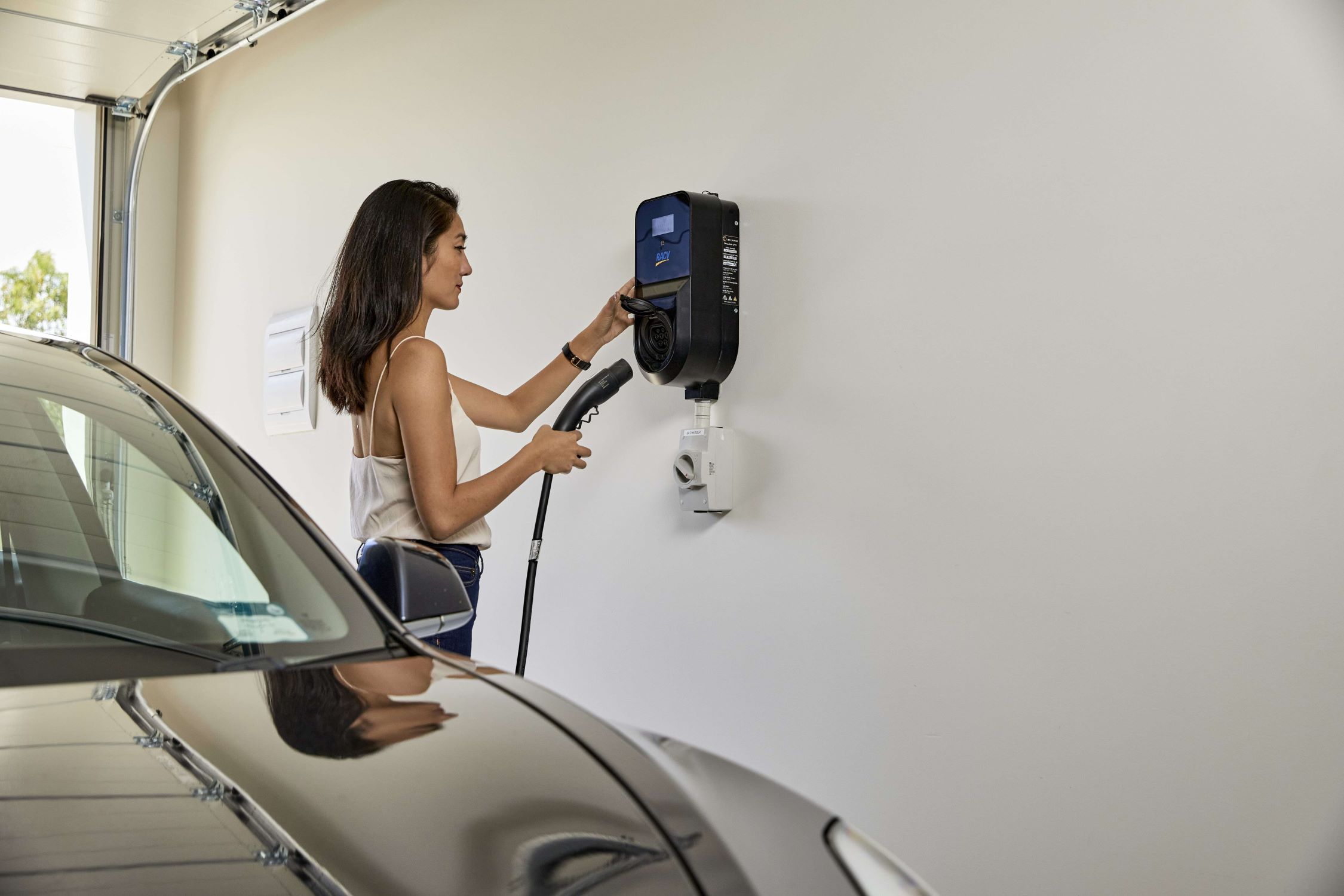

Home Office Tech
How To Install An Electric Car Charging Station At Home
Modified: August 16, 2024
Learn how to easily install an electric car charging station at home with our comprehensive guide. Get started on creating a convenient charging solution for your electric vehicle.
(Many of the links in this article redirect to a specific reviewed product. Your purchase of these products through affiliate links helps to generate commission for Storables.com, at no extra cost. Learn more)
Introduction
Welcome to the future of transportation! With the increasing popularity of electric vehicles (EVs), more and more people are considering the installation of electric car charging stations at home. This not only adds convenience but also contributes to a sustainable and eco-friendly lifestyle.
The process of installing an electric car charging station at home may seem daunting at first, but with the right information and guidance, it can be a seamless and rewarding experience. In this comprehensive guide, we will walk you through the essential steps and considerations involved in installing an electric car charging station at your home.
Whether you are a proud new owner of an electric vehicle or are considering making the switch to an eco-conscious mode of transportation, this guide will provide you with the knowledge and confidence to embark on the journey of home electric car charging installation. From understanding the different types of charging stations to navigating the installation process and obtaining necessary permits, we’ve got you covered.
By the end of this guide, you will have a clear understanding of the steps involved in installing an electric car charging station at home, ensuring that you can make informed decisions and proceed with the installation process with confidence. Let’s dive into the world of home electric car charging and explore the exciting possibilities that come with embracing sustainable transportation solutions.
Key Takeaways:
- Installing an electric car charging station at home involves assessing your electrical capacity, choosing the right station, obtaining permits, and ensuring a safe installation process. It’s a step towards a sustainable and eco-friendly lifestyle.
- Understanding the different charging levels, connector types, and smart features helps in selecting the ideal charging station for your electric vehicle. It’s a commitment to a cleaner, greener future and contributes to the global transition towards sustainable transportation.
Understanding Electric Car Charging Stations
Electric car charging stations, also known as electric vehicle supply equipment (EVSE), are the lifeline of electric vehicles, providing the essential power needed to keep them running. These stations come in various forms and charging levels, each offering distinct benefits and charging capabilities.
There are three primary levels of electric car charging:
- Level 1 (120 volts): This level of charging is typically achieved using a standard household outlet. While convenient, it offers the slowest charging rate, making it suitable for overnight charging or topping up a vehicle with a smaller battery capacity.
- Level 2 (240 volts): Level 2 charging is the most common choice for home installations. It provides a faster charging rate compared to Level 1, making it ideal for daily charging needs. Many electric car owners opt for Level 2 charging stations to ensure their vehicles are ready for daily commutes and errands.
- Level 3 (480 volts, DC fast charging): This level of charging delivers rapid charging, allowing electric vehicles to gain a significant amount of charge in a short time. Level 3 charging stations are commonly found at public charging stations and are less common for home installations due to their higher cost and specialized requirements.
Understanding the different levels of electric car charging is crucial for determining the most suitable charging station for your home. Factors such as your daily driving habits, vehicle battery capacity, and available electrical infrastructure will influence your choice of charging station.
Additionally, it’s important to consider the connector types compatible with your electric vehicle. While most modern electric vehicles use the standard SAE J1772 connector for Level 1 and Level 2 charging, some models, particularly those with fast-charging capabilities, may require a CHAdeMO or Combined Charging System (CCS) connector for Level 3 charging.
By familiarizing yourself with the different charging levels and connector types, you can make an informed decision when selecting an electric car charging station for your home. The next step is to assess your home’s electrical infrastructure and determine the feasibility of installing a charging station.
Assessing Your Home for Installation
Before diving into the installation process, it’s crucial to assess your home’s electrical setup to ensure that it can accommodate an electric car charging station. Here are the key considerations for assessing your home:
- Electrical Capacity: Start by evaluating your home’s electrical capacity. Determine the amperage of your electrical service and the availability of spare capacity to support the additional load of a charging station. If your electrical panel is already operating at near-full capacity, you may need to upgrade it to accommodate the charging station.
- Location: Identify the ideal location for the charging station. It should be situated in a convenient spot near your parking area and have sufficient space for mounting the station and routing the charging cable to your vehicle. Consider factors such as weather protection, accessibility, and potential obstructions.
- Wiring and Conduit: Assess the feasibility of running wiring and conduit from your electrical panel to the chosen location of the charging station. The wiring must comply with local electrical codes and be of the appropriate gauge to handle the charging station’s power requirements.
- Permit Requirements: Research the permit requirements for installing an electric car charging station in your area. Some jurisdictions may have specific regulations and permitting processes for residential charging station installations. Ensuring compliance with local regulations is essential to avoid potential issues in the future.
- Utility Company Coordination: Contact your utility company to discuss the installation of a charging station. They can provide valuable information regarding electrical service upgrades, metering options, and any incentives or rebates available for home charging installations.
Once you have thoroughly assessed your home’s electrical capacity, identified the optimal location, and familiarized yourself with the necessary permits and utility company requirements, you will be well-prepared to move on to the next crucial step: selecting the right electric car charging station for your home.
By taking the time to evaluate these essential factors, you can streamline the installation process and address any potential challenges proactively. With a clear understanding of your home’s readiness for a charging station, you can proceed with confidence, knowing that you are well-equipped to embrace the benefits of home electric car charging.
Choosing the Right Charging Station
When it comes to selecting an electric car charging station for your home, several factors come into play, each influencing your decision-making process. Consider the following aspects to ensure that you choose the right charging station:
- Charging Speed: Evaluate your daily driving habits and the desired charging speed. Level 2 charging stations are the preferred choice for home installations, offering faster charging compared to Level 1 stations. Assess whether the charging speed of a particular station aligns with your typical daily charging needs.
- Smart Features: Many modern charging stations come equipped with smart features such as Wi-Fi connectivity, mobile app integration, and energy usage tracking. These features provide convenience and allow you to monitor and manage your charging sessions remotely.
- Compatibility: Ensure that the charging station is compatible with your electric vehicle’s charging port. Most electric vehicles use the standard SAE J1772 connector for Level 1 and Level 2 charging, but it’s essential to verify compatibility, especially if you have multiple electric vehicles with varying connector types.
- Durability and Weather Resistance: Consider the durability and weather resistance of the charging station, particularly if it will be installed outdoors. Look for stations with robust construction and weatherproof enclosures to withstand various environmental conditions.
- Installation and Maintenance: Assess the installation requirements and ongoing maintenance of the charging station. Some stations may have complex installation procedures, while others offer user-friendly installation options. Additionally, consider the availability of support and warranty coverage for the charging station.
- Energy Efficiency: Look for charging stations that prioritize energy efficiency and have features such as scheduled charging and energy management capabilities. These features can help optimize energy usage and reduce charging costs over time.
By carefully considering these factors, you can narrow down the options and choose a charging station that aligns with your specific requirements and preferences. Additionally, consulting with reputable electric car charging station providers and seeking recommendations from fellow electric vehicle owners can provide valuable insights into the best-suited charging solutions for your home.
Once you have selected the ideal charging station, the next steps involve obtaining the necessary permits and clearances for the installation process, ensuring compliance with local regulations and electrical codes.
Choosing the right charging station sets the stage for a successful home electric car charging installation, empowering you to embrace the convenience and sustainability of charging your electric vehicle from the comfort of your home.
Before installing an electric car charging station at home, make sure to check your home’s electrical capacity and hire a qualified electrician to install it safely.
Obtaining Permits and Clearances
Before commencing the installation of an electric car charging station at your home, it’s essential to navigate the permitting and clearance process to ensure compliance with local regulations and electrical codes. Here’s a comprehensive overview of the key steps involved in obtaining permits and clearances:
- Research Local Regulations: Begin by researching the specific regulations and requirements related to residential electric car charging station installations in your local area. Contact the relevant building or planning department to obtain detailed information regarding permit applications, inspection procedures, and any zoning restrictions that may apply.
- Permit Application: Prepare and submit the necessary permit application documents as per the requirements outlined by your local jurisdiction. This typically involves providing details about the proposed location of the charging station, electrical specifications, and compliance with applicable codes and standards.
- Evaluation and Approval: Upon receiving the permit application, the local authorities will evaluate the proposed installation to ensure it meets safety and regulatory standards. This may involve a review of electrical plans, load calculations, and adherence to building codes.
- Inspection Coordination: Once the permit is approved, coordinate with the relevant authorities to schedule the required inspections at various stages of the installation process. Inspections typically cover aspects such as wiring, electrical connections, and grounding to verify compliance with safety standards.
- Utility Company Notifications: Notify your utility company about the planned installation of a charging station. They may have specific requirements for metering, load management, and interconnection, and it’s essential to coordinate with them to ensure a smooth and compliant installation process.
- Clearances and Compliance: Throughout the installation, adhere to the approved plans and specifications outlined in the permit. Ensure that all work is performed by licensed electricians and in accordance with applicable electrical codes to maintain compliance and safety standards.
By diligently following these steps and actively engaging with the permitting and inspection processes, you can navigate the administrative requirements seamlessly and ensure that the installation of your electric car charging station complies with all necessary regulations and standards.
Obtaining permits and clearances not only facilitates a smooth installation process but also provides the assurance that your home charging station adheres to the highest safety and quality standards, enabling you to enjoy the benefits of electric vehicle ownership with confidence.
Installing the Charging Station
With the necessary permits and clearances in place, the installation of your electric car charging station can commence. This pivotal phase involves several key steps to ensure the safe and effective deployment of the charging infrastructure at your home:
- Electrical Panel Upgrades: If required, upgrade your electrical panel to accommodate the additional load of the charging station. This may involve installing a higher amperage panel or adding dedicated circuits to support the charging station’s power requirements.
- Mounting and Wiring: Mount the charging station at the predetermined location, ensuring secure attachment and weatherproof installation if the station will be exposed to outdoor elements. Run the necessary wiring and conduit from the electrical panel to the charging station, following the approved electrical plans and specifications.
- Connection and Testing: Make the electrical connections as per the manufacturer’s instructions, ensuring proper grounding and adherence to electrical codes. Once the connections are in place, conduct thorough testing of the charging station to verify its functionality and safety features.
- Wi-Fi and Smart Features Setup: If your charging station includes smart features such as Wi-Fi connectivity or mobile app integration, set up and configure these features according to the manufacturer’s guidelines. This may involve connecting the station to your home network and creating user accounts for remote monitoring and control.
- Final Inspection: Coordinate with the relevant authorities to schedule a final inspection of the installed charging station. The inspection will ensure that the installation complies with all applicable electrical codes and safety standards, providing the necessary clearance for operational use.
Throughout the installation process, it’s essential to engage the services of qualified electricians and adhere to the manufacturer’s installation guidelines and local electrical codes. By prioritizing safety and compliance, you can ensure that the charging station is installed to the highest standards, ready to provide reliable and efficient charging for your electric vehicle.
Upon successful installation and approval from the inspection authorities, your home will be equipped with a dedicated electric car charging station, offering the convenience of at-home charging and contributing to a sustainable and eco-friendly lifestyle. The next crucial step involves testing and troubleshooting the charging station to ensure seamless operation.
Testing and Troubleshooting
After the installation of your electric car charging station, thorough testing and troubleshooting are essential to ensure its seamless operation and address any potential issues. The following steps will guide you through the testing and troubleshooting process:
- Initial Power-Up: Power up the charging station and verify that it initializes correctly. Check the display or indicator lights for any error messages or abnormal behavior that may indicate a wiring or configuration issue.
- Charging Session Simulation: Simulate a charging session by connecting the station to your electric vehicle and initiating a charging cycle. Monitor the charging process to confirm that the station communicates with the vehicle, delivers the expected charging power, and terminates the session as intended.
- Smart Features Testing: If your charging station includes smart features such as Wi-Fi connectivity or mobile app control, test these features to ensure seamless connectivity, remote monitoring, and energy usage tracking. Verify that the station accurately reports charging sessions and allows for user interaction through the designated app or interface.
- Load Management Assessment: If applicable, assess the load management capabilities of the charging station, particularly if you have multiple electrical loads in your home. Ensure that the station operates within the specified load limits and does not cause disruptions to other electrical systems during charging sessions.
- Troubleshooting Procedures: In the event of any issues or anomalies during testing, refer to the manufacturer’s troubleshooting guide or contact their support team for assistance. Common troubleshooting steps may include power cycling the station, inspecting connections, and verifying settings and configurations.
- Final Operational Checks: Conduct a final operational check to confirm that the charging station functions reliably and consistently. This includes testing different charging scenarios, verifying safety features, and ensuring that the station responds appropriately to user inputs and commands.
By diligently testing the charging station and addressing any potential issues during the troubleshooting process, you can ensure that the installation delivers the expected performance and reliability. Additionally, familiarize yourself with the station’s user manual and operational guidelines to optimize its functionality and make the most of its features.
Upon successful testing and troubleshooting, your electric car charging station is ready to provide convenient and efficient charging for your electric vehicle, empowering you to embrace the benefits of home-based electric vehicle ownership with confidence and peace of mind.
Conclusion
Congratulations on successfully navigating the journey of installing an electric car charging station at your home! By embarking on this endeavor, you have taken a significant step towards embracing sustainable transportation solutions and contributing to a greener, more eco-friendly future.
Throughout this comprehensive guide, we’ve explored the essential aspects of installing a home electric car charging station, from understanding the different charging levels and connector types to assessing your home’s readiness for installation and selecting the right charging station to meet your specific needs.
By obtaining the necessary permits and clearances and engaging in a meticulous installation process, you have equipped your home with a dedicated electric car charging station, offering the convenience of at-home charging and reducing reliance on traditional fuel sources. The testing and troubleshooting phase has ensured that your charging station operates reliably and efficiently, providing a seamless charging experience for your electric vehicle.
As you embrace the benefits of home electric car charging, you are contributing to a sustainable lifestyle and reducing your environmental footprint. Charging your electric vehicle at home not only offers convenience and cost savings but also supports the global transition towards cleaner and more efficient modes of transportation.
Remember, the installation of an electric car charging station is not just a practical addition to your home; it represents a commitment to sustainable living and a forward-thinking approach to transportation. By making the switch to electric vehicle ownership and integrating a home charging solution, you are playing a vital role in shaping a more sustainable and environmentally conscious future.
As electric vehicle technology continues to evolve and become increasingly accessible, your investment in a home charging station positions you at the forefront of the electric mobility revolution, setting an example for others and contributing to the collective effort to reduce emissions and preserve our planet for future generations.
Thank you for embarking on this journey with us. Your dedication to sustainable transportation is a testament to your commitment to a cleaner, greener future, and we applaud your efforts in embracing the exciting possibilities of electric vehicle ownership and home-based charging.
Here’s to a future powered by sustainable transportation, where every charge at home brings us closer to a more sustainable and environmentally conscious world.
Frequently Asked Questions about How To Install An Electric Car Charging Station At Home
Was this page helpful?
At Storables.com, we guarantee accurate and reliable information. Our content, validated by Expert Board Contributors, is crafted following stringent Editorial Policies. We're committed to providing you with well-researched, expert-backed insights for all your informational needs.
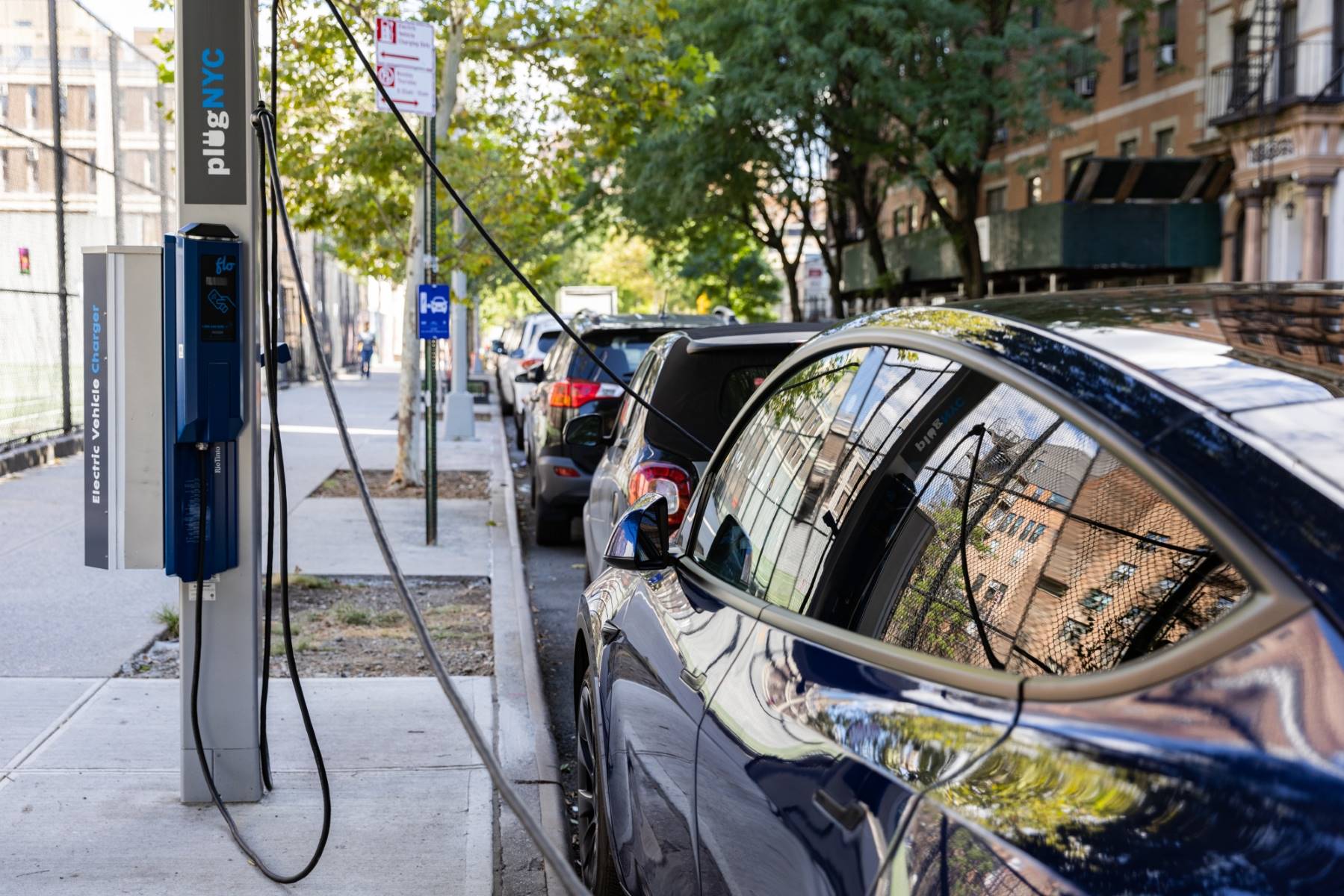
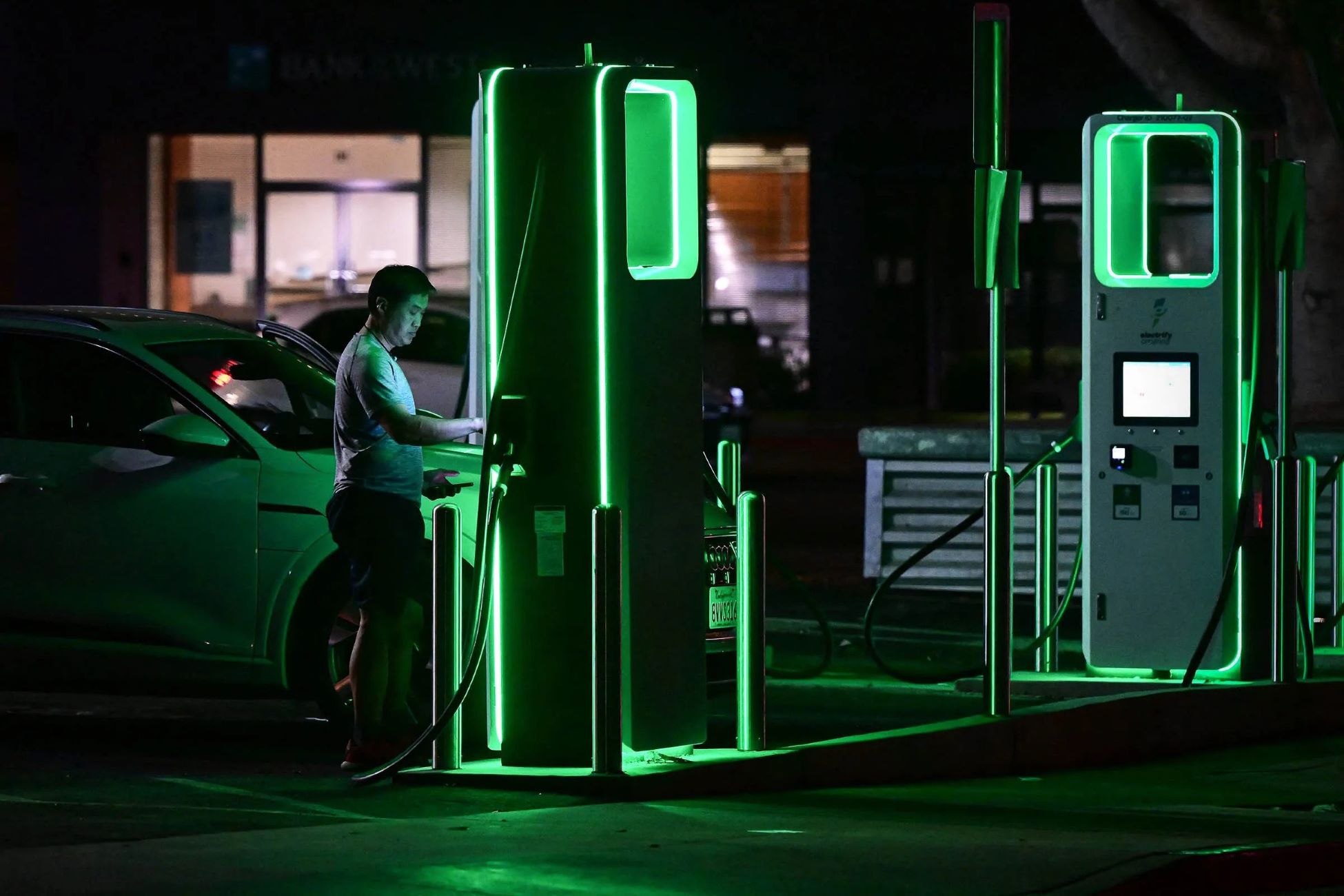
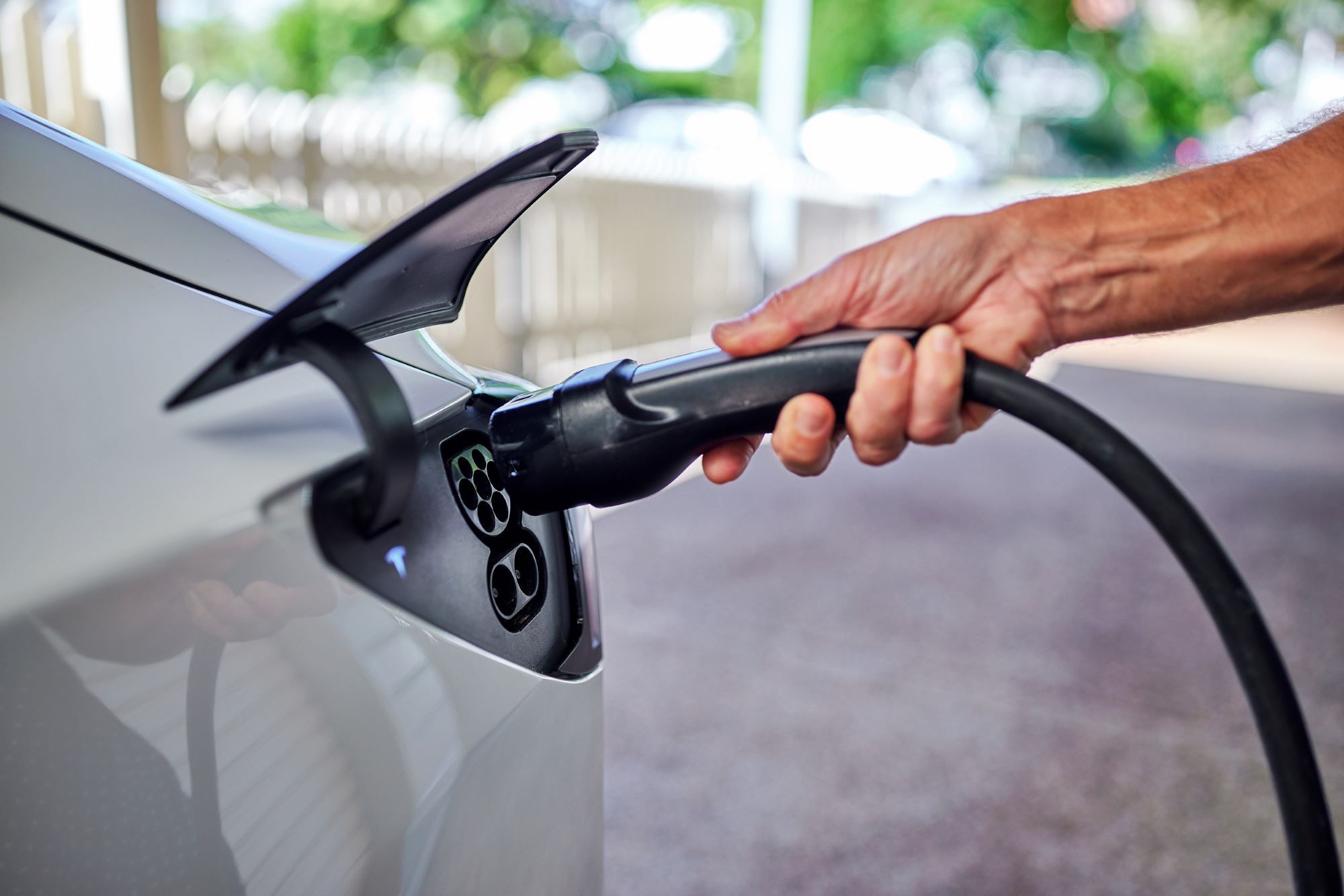
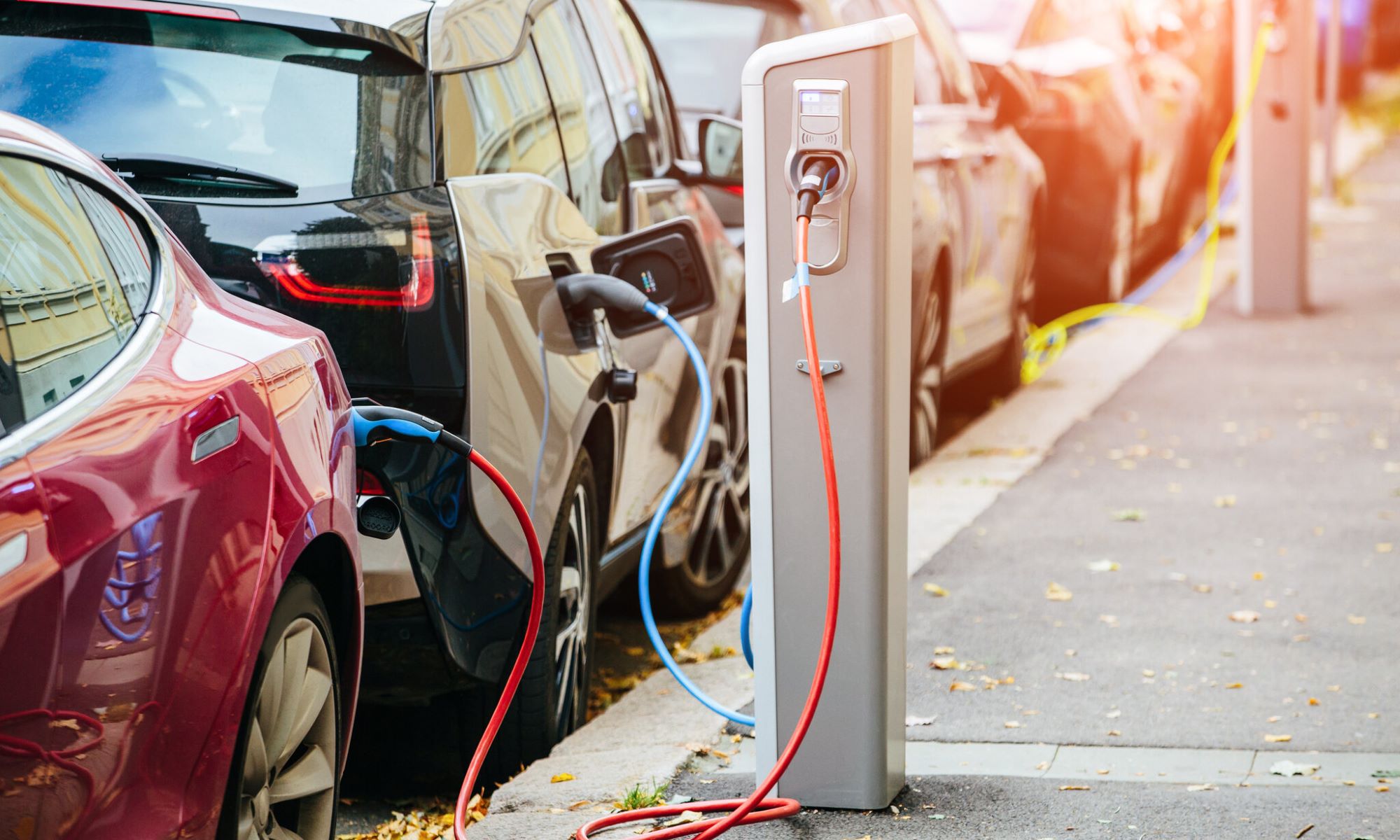
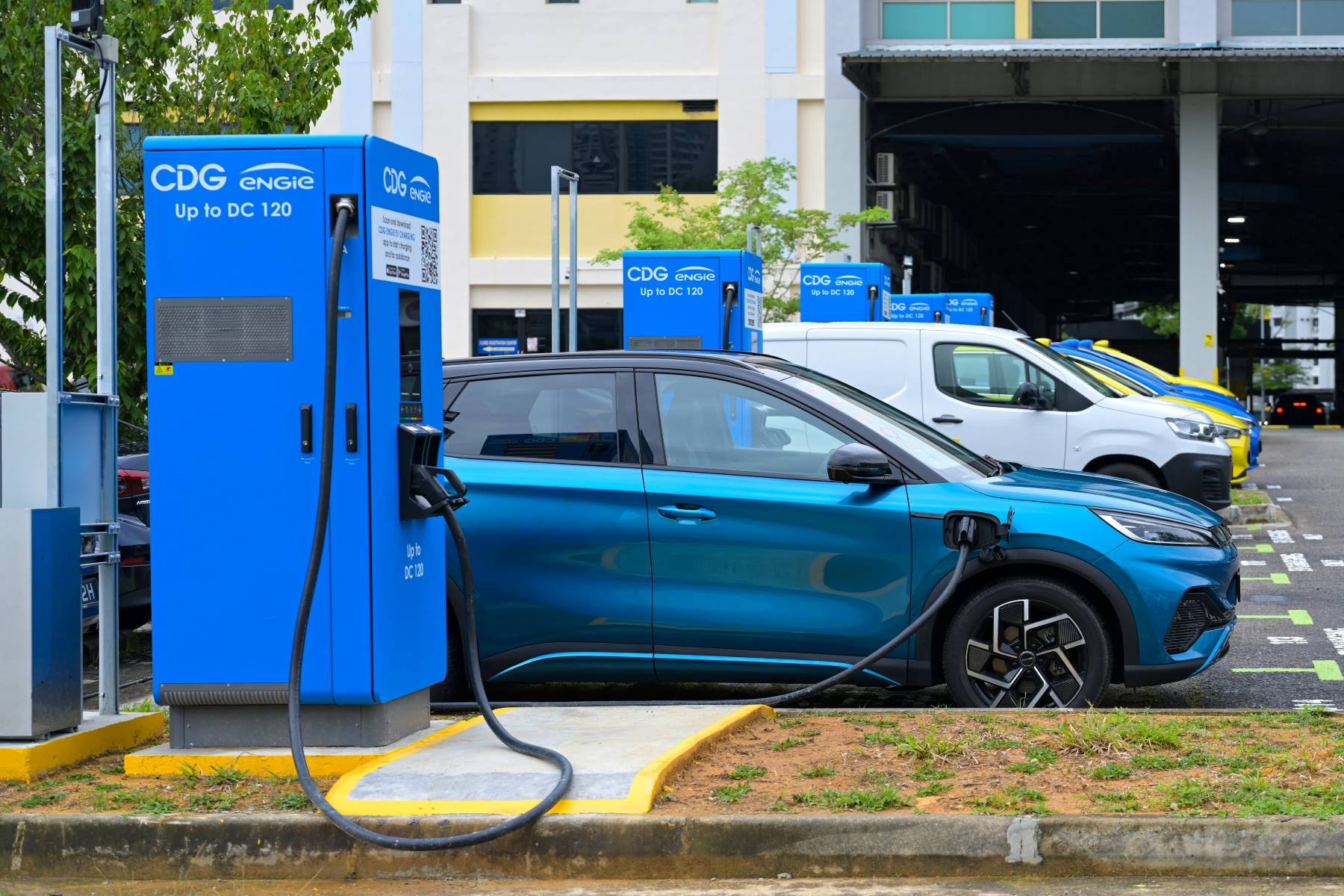
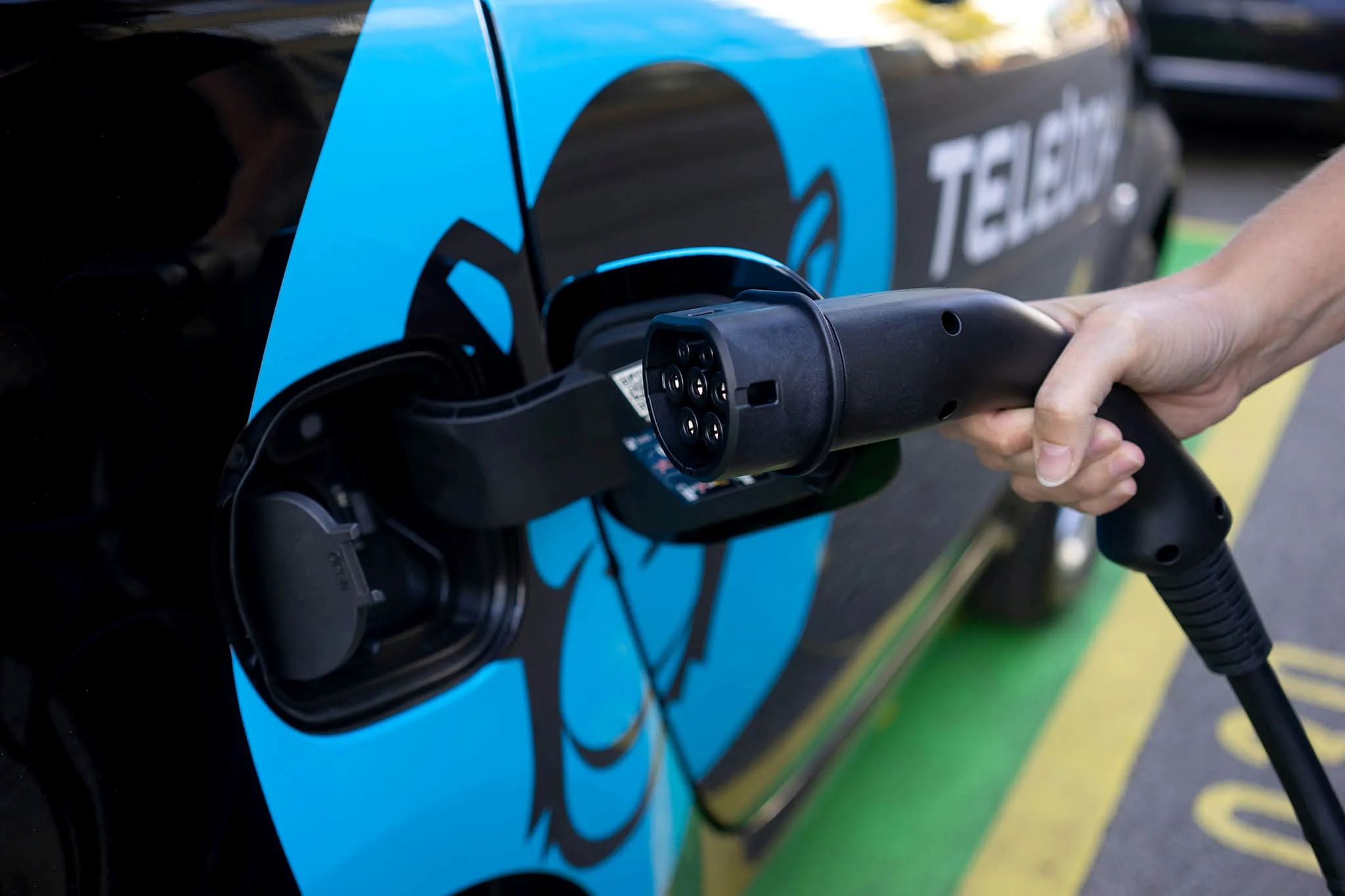
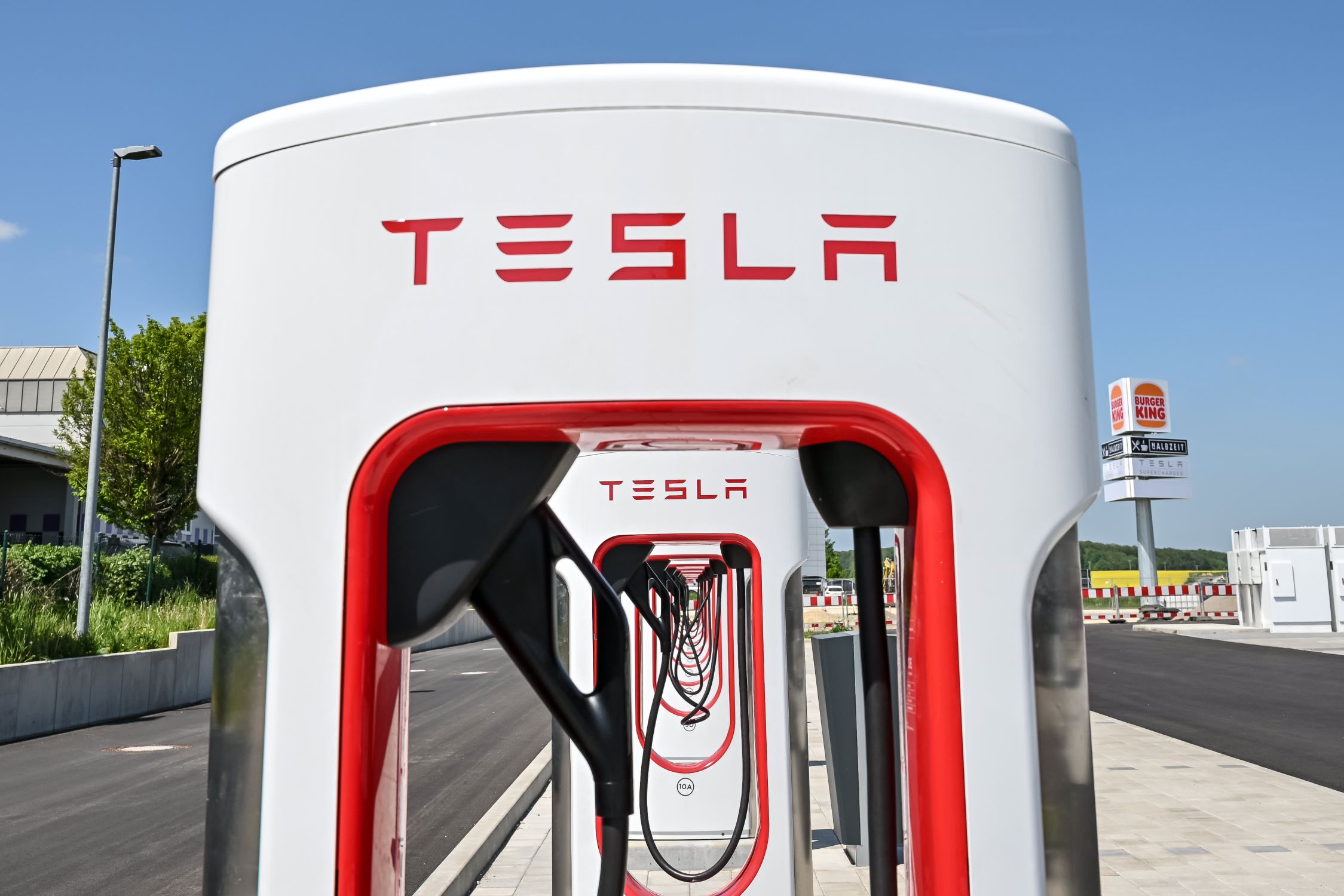
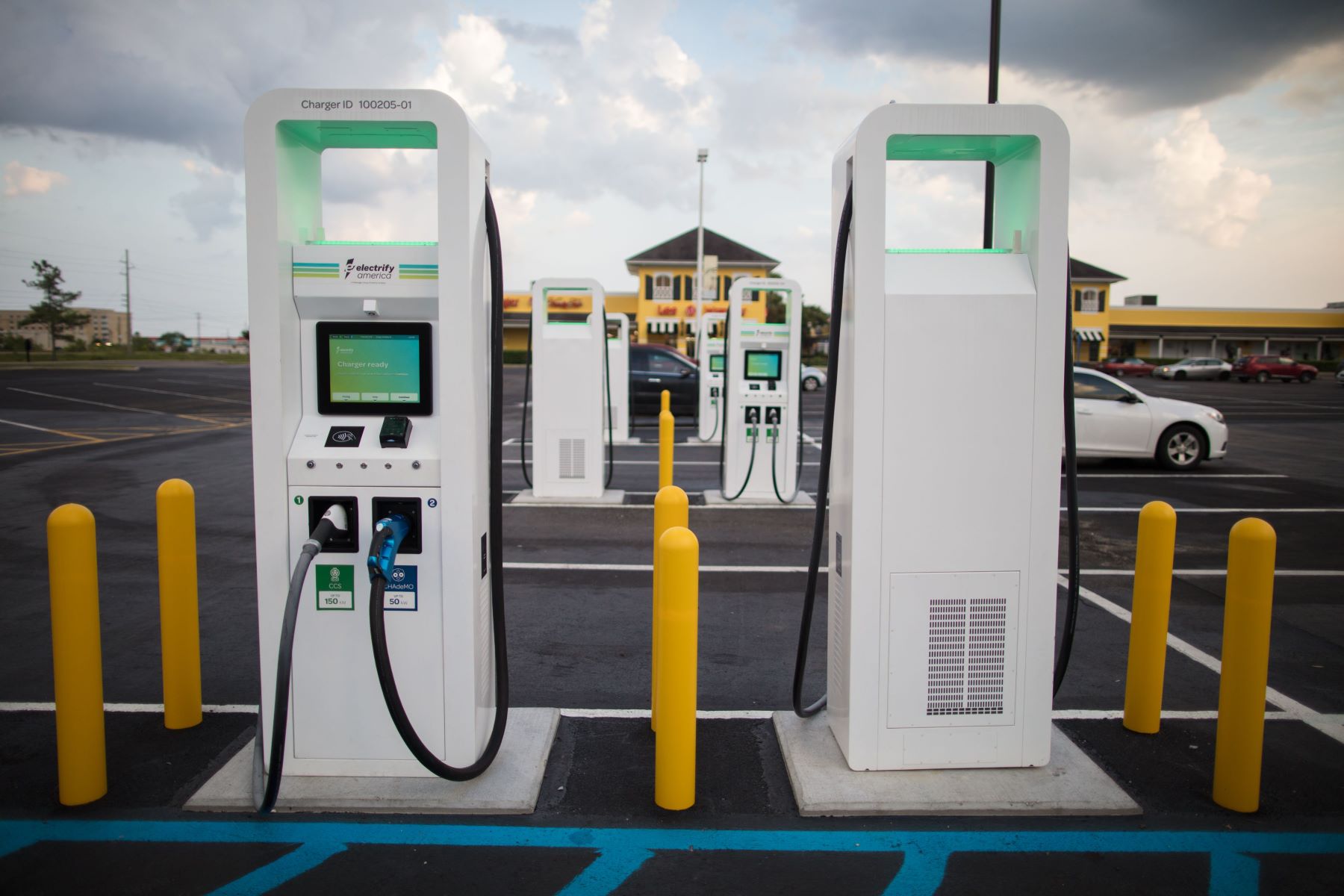
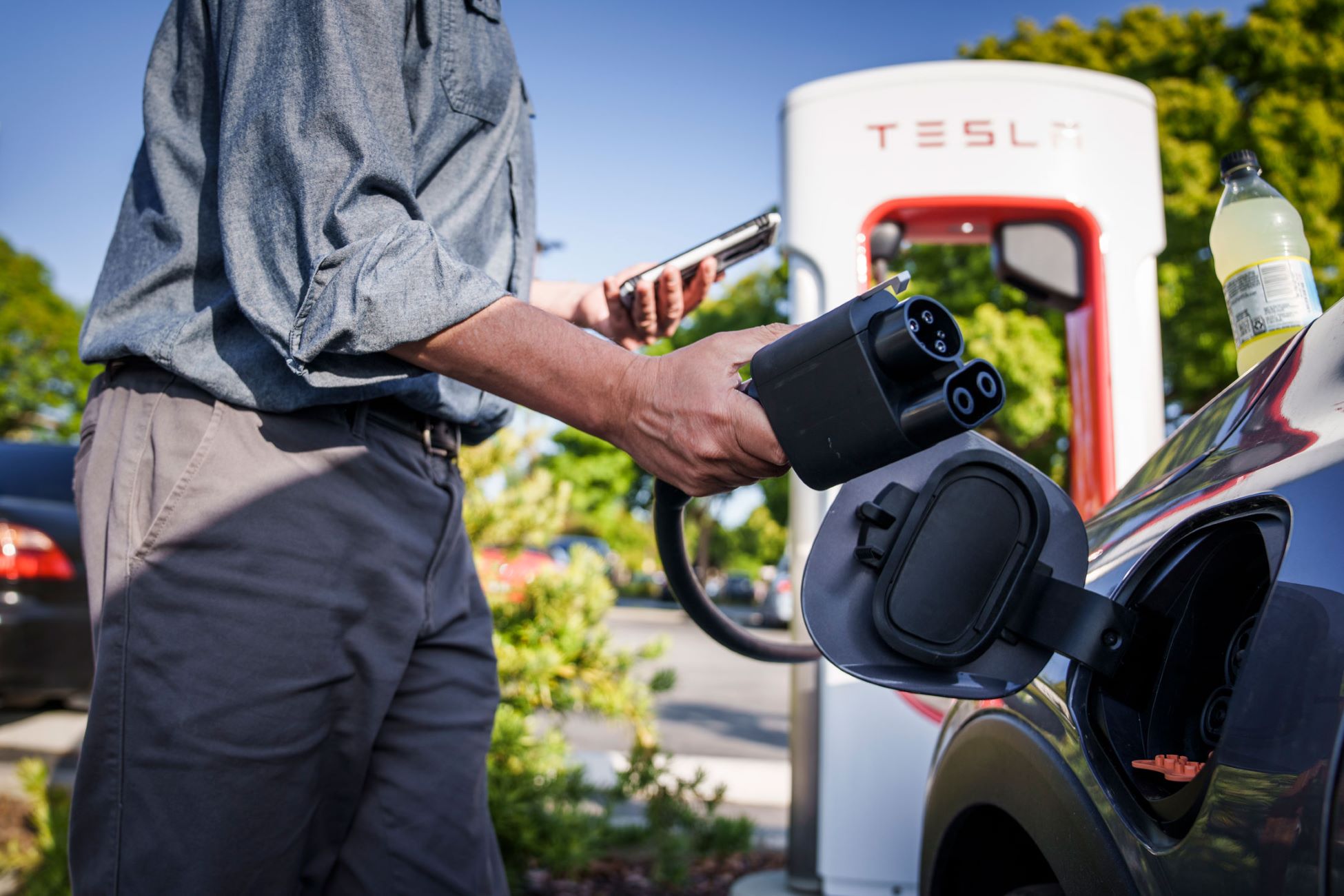
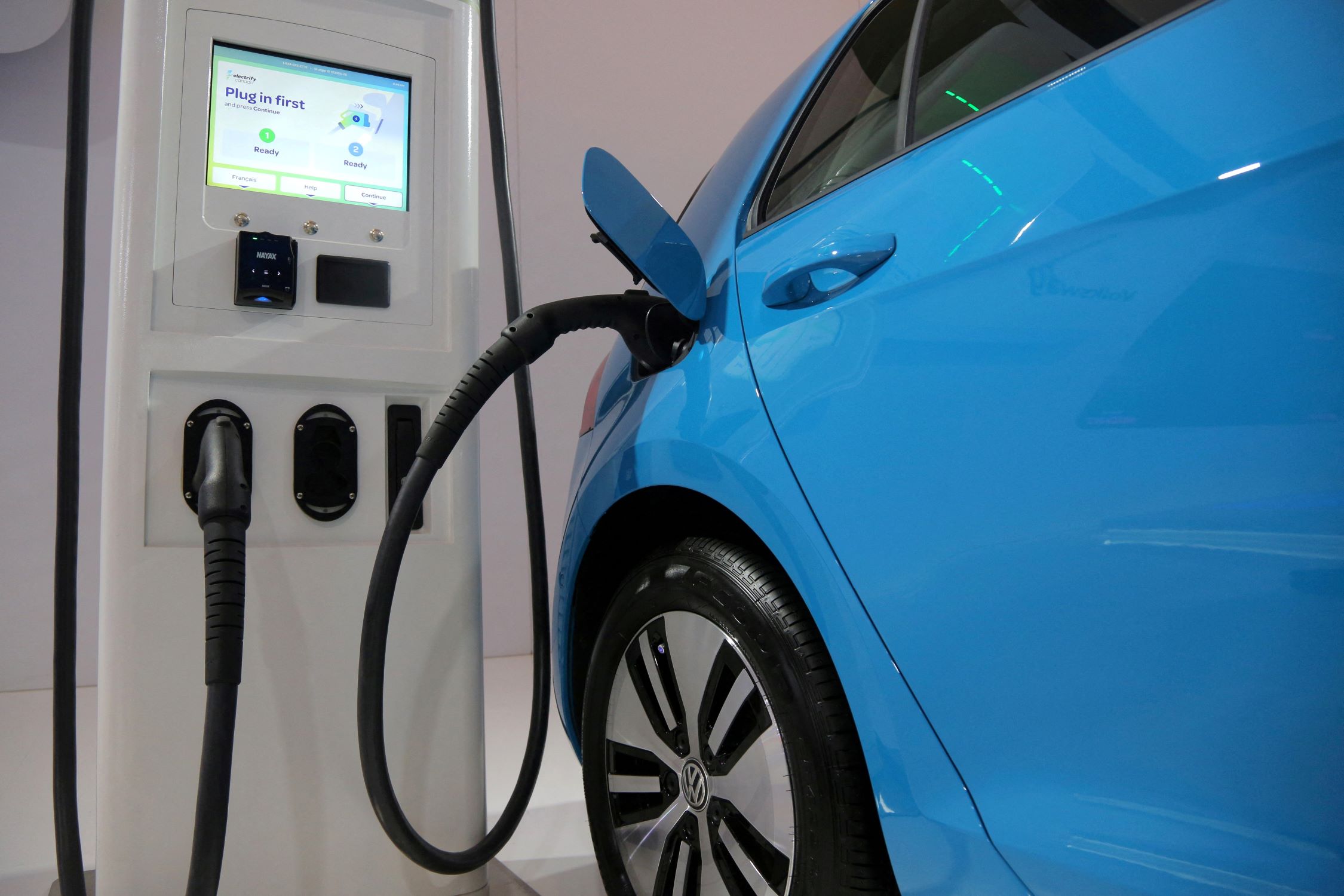
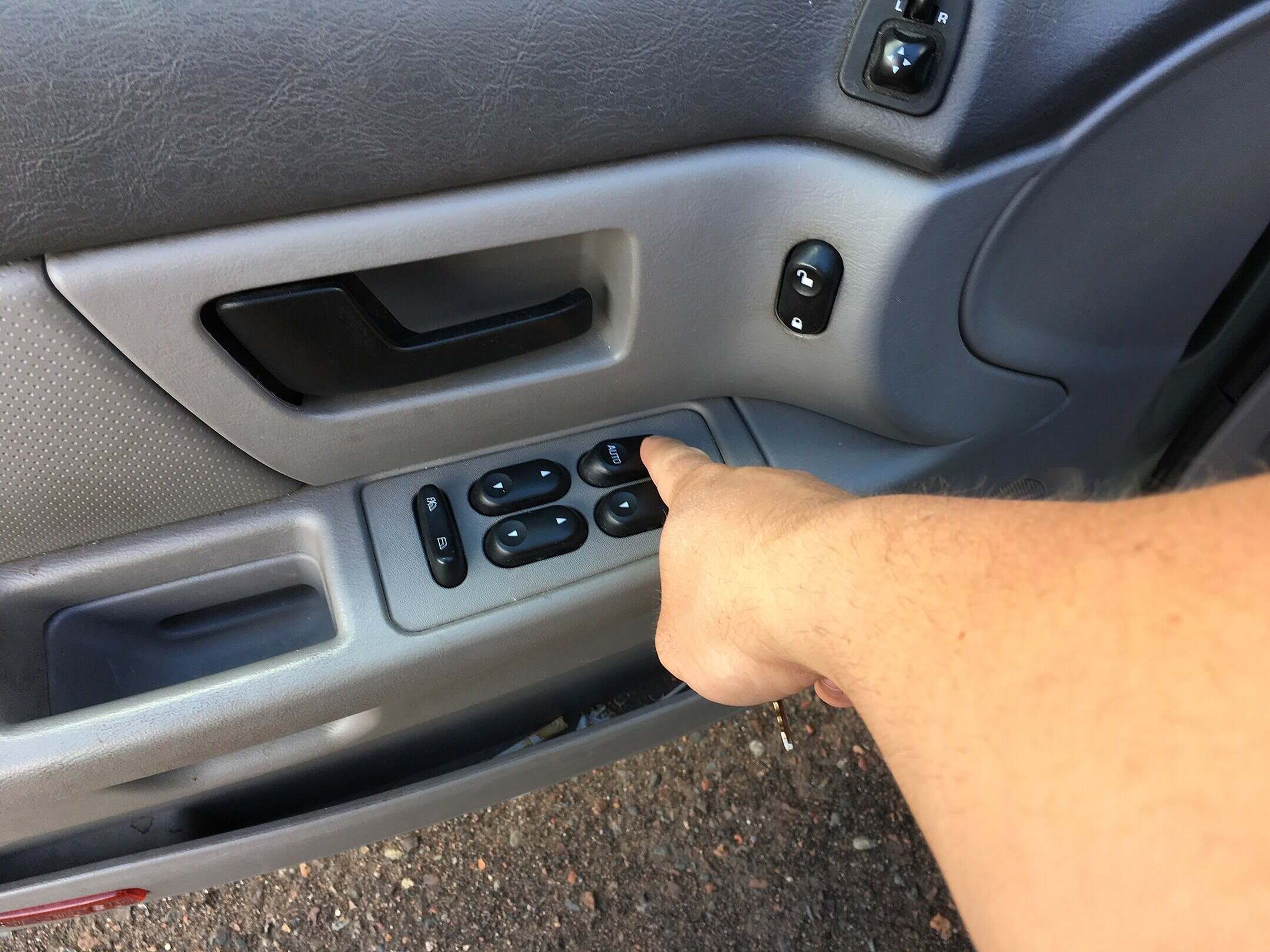
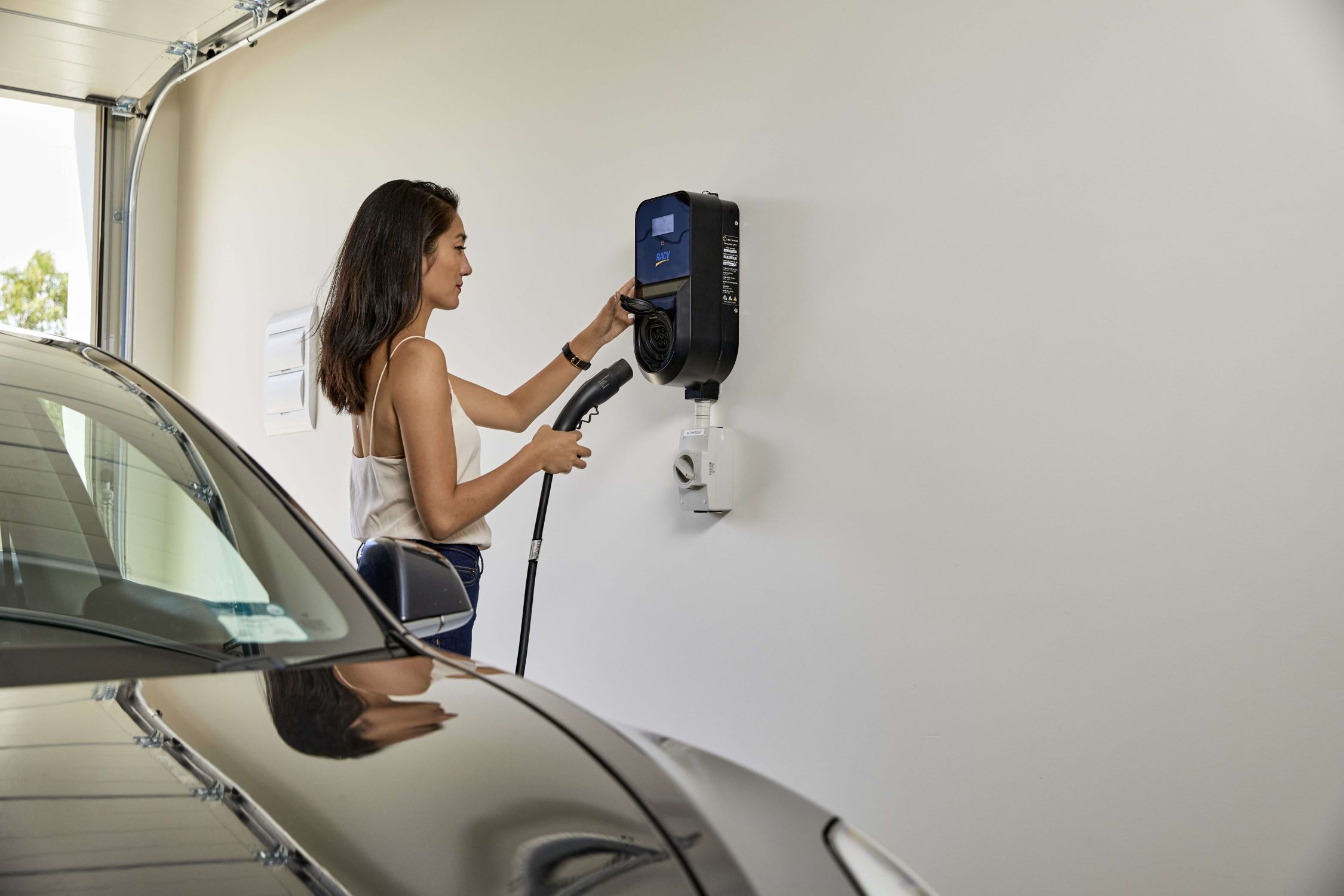
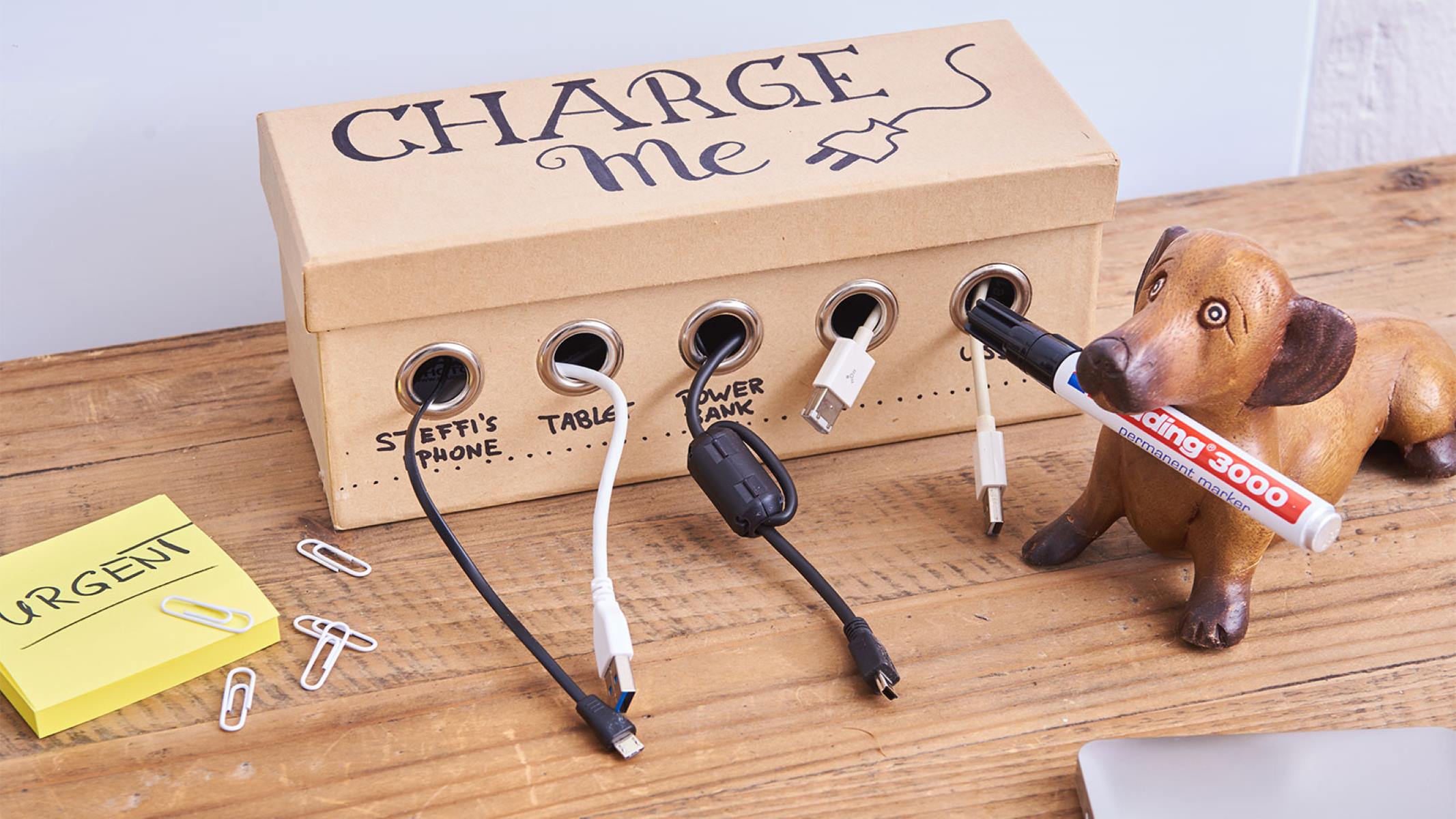
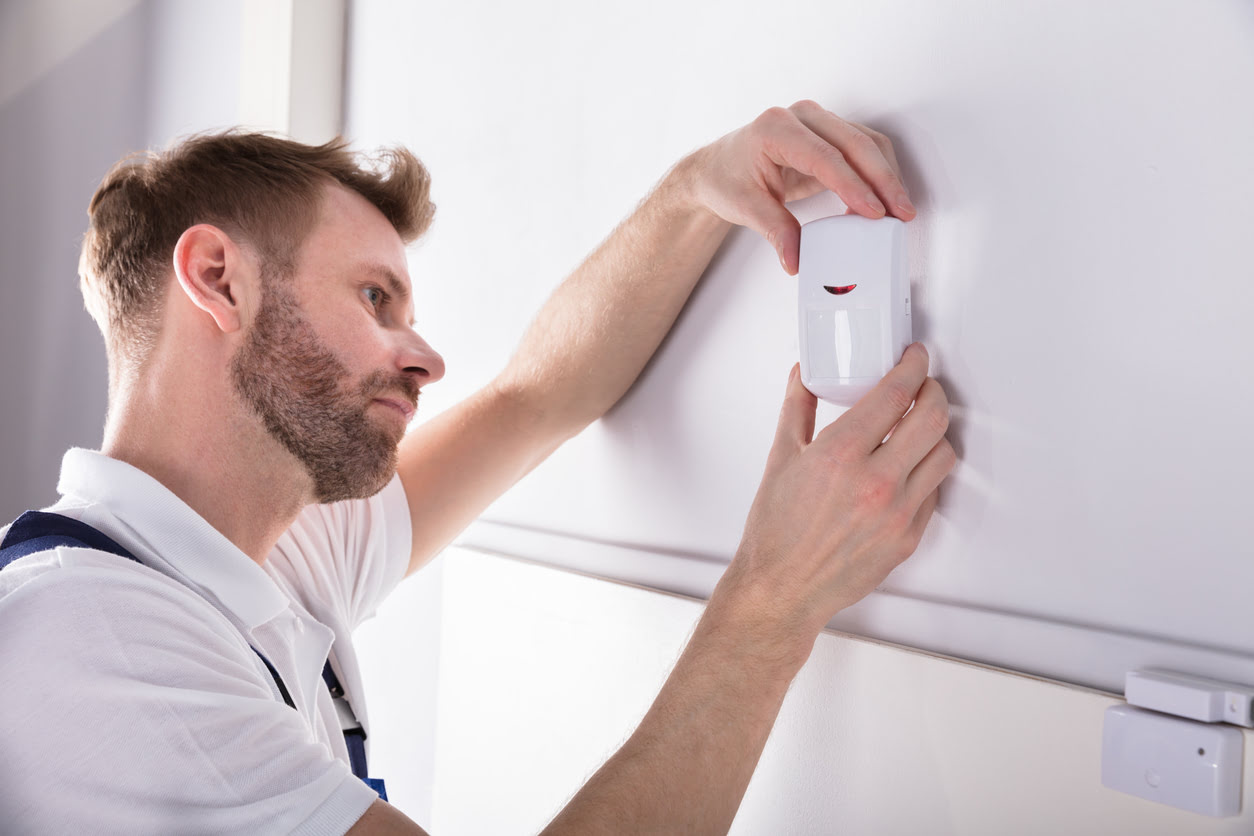

0 thoughts on “How To Install An Electric Car Charging Station At Home”